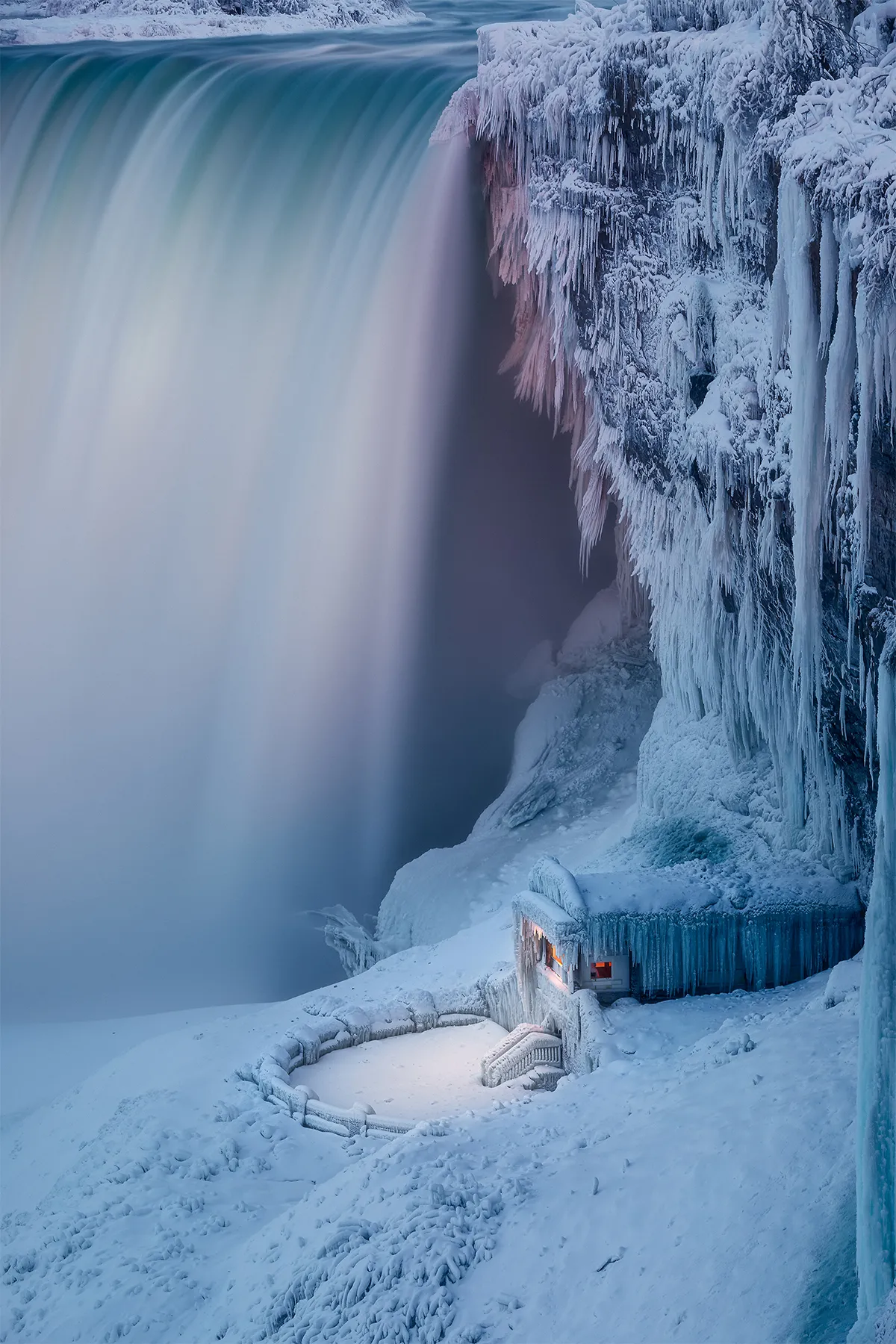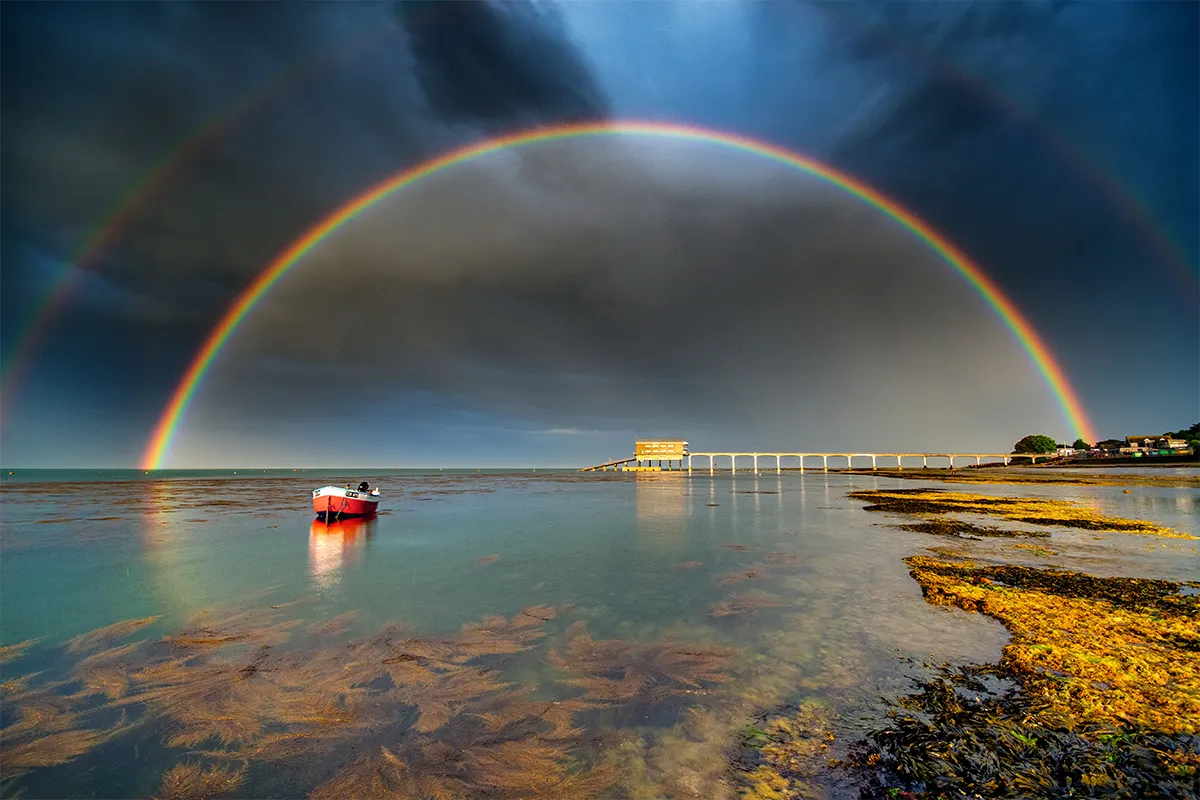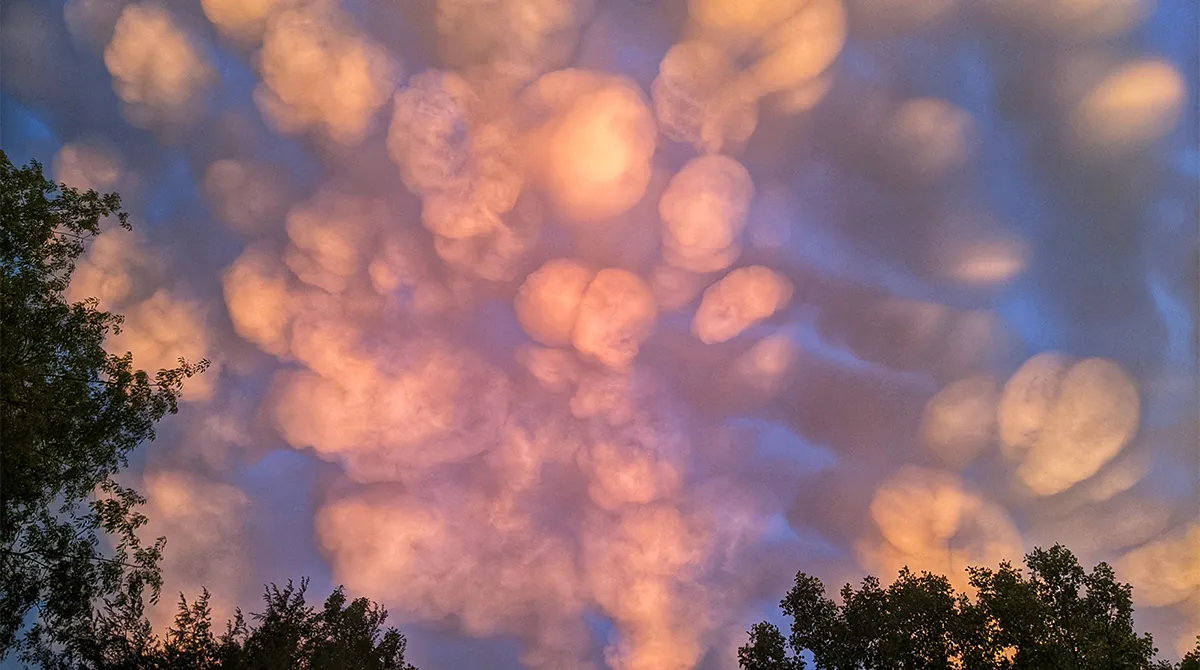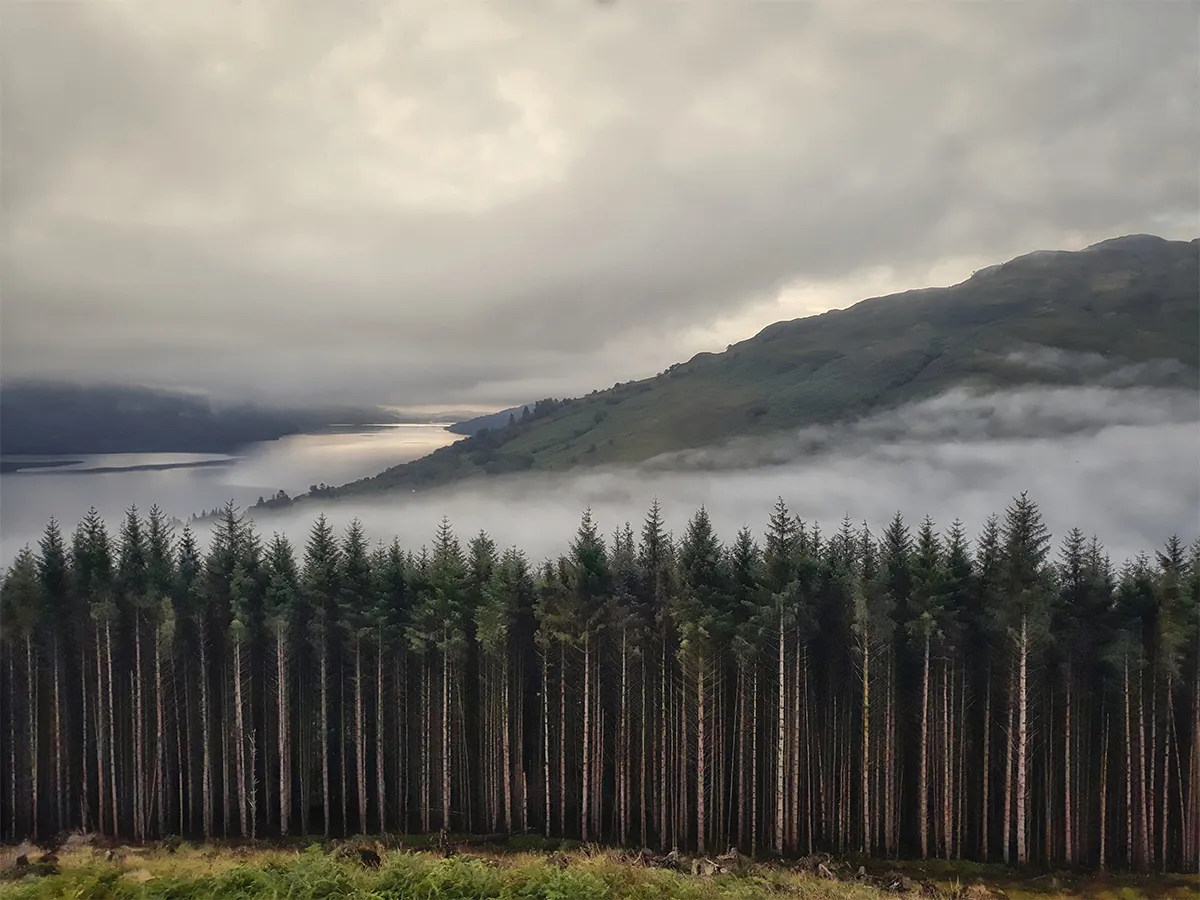Following on from the image shortlist we sharedearlier this year, the winners of the Royal Meteorological Society's annual Weather Photographer of the Year competition have just been announced.
Christopher Ison’s dramatic photo Storm Eunice, taken in Newhaven in the UK last year, has won the main prize. The image led a field of talented photographers of all ages from all around the world, capturing weather and climate in their most vivid forms.
“When the storm was predicted, and it was carrying the first ever red warning for the south coast, I knew I had to find a spot to record it," said Christopher.
"I got there reasonably early to find many photographers already drenched in rain and seawater, standing very close to the harbour wall. I decided to head to high ground and slightly further away with my back to the weather. I was rewarded with a set of images I’m very proud of.”
The winner of the public vote wasJamie Russell from the Isle of Wight, UK, for his image of a double rainbow and storm clouds passing over a lifeboat station.Jamie had been chasing showers and storms from west to east across the island in an attempt to capture some of the incredible rainbows. He reached Bembridge as the final shower departed and, in a panic, waded into waist-deep water, fully dressed, to compose this image.
The Young Weather Photographer of the Year 2022 was awarded to Eris Pil, from Pennsylvania, USA.Her photo entitled Mammatus Sunsetwas taken on a Google Pixel 3 phone, and the judges were impressed that she had managed to capture such a rare event which can be difficult to photograph.
The Royal Meteorological Society is a membership charity that serves as the leading independent expert in weather and climate. Itis owned by its members, but exists for the benefit of all. It plays a key role in ensuring that the public stay informed and engaged with the latest climate and weather stories from the UK, and around the world.
Overall winner - Storm Eunice

Overall runner-up - Frozen

Third place overall - Ghost under the cliff

Public vote winner - Departing Storm over Bembridge Lifeboat Station

Youth category winner - Mammatus sunset

Youth category runner-up - Tyndall effect

More images from Science Focus:
- The tree of life and all the winners from the Nature Conservancy Photography Prize
- Astronomy Photographer of the Year winners 2022
- The magnificent oceans and how they have inspired artists through the ages
- Facing the storm head-on - The winners of the Bird Photographer of the Year Awards
- Underwater caves, rivers of fire and distant mountain ranges win at the Pano Image Awards
Mobile category winner - Sunset

Mobile category runner-up - Scotch mist

Read more about interesting weather: